AI Skin Analysis Equipment: Key Benefits and Technology Trends in 2025
As the skincare industry shifts toward more data-driven and client-centric models, understanding the latest benefits and technology trends in AI skin analysis becomes essential for clinics and practitioners aiming to stay ahead.
Learn more:
1. What Is AI Skin Analysis Equipment?
AI skin analysis equipment refers to advanced diagnostic tools that combine high-resolution imaging with artificial intelligence to evaluate skin health more accurately and efficiently. Unlike traditional methods that depend heavily on a professional's visual judgment, AI systems automatically identify subtle skin issues—such as pigmentation, fine lines, and moisture imbalance—through real-time data analysis.
Learn more:
These devices typically integrate three core technologies. First, multi-spectrum imaging (including RGB, UV, and polarized light) captures detailed views of the skin’s surface and deeper layers. Then, AI algorithms process these images, analyzing key parameters like texture, pore size, and oil–water balance against large data models. Finally, cloud-based data integration allows clinics to securely store results, track client progress, and enable remote consultations when needed.
By combining these elements, AI skin analysis equipment delivers faster, more objective, and highly personalized assessments, helping professionals offer science-backed skincare solutions with greater confidence.

2.Key Benefits of AI Skin Analysis Equipment for Professionals
Learn more:
https://www.djmimoreme.com/ai-skin-analysis-equipment-benefits-for-professional-skincare
2.1 Increased Diagnostic Accuracy
AI skin analysis device enhances diagnostic precision by identifying early-stage skin conditions that traditional methods often overlook. Through advanced multispectral imaging and deep learning algorithms, these systems can detect subtle anomalies in pigmentation, vascular structure, texture, and moisture distribution. By minimizing subjective interpretation, AI ensures consistent evaluations, even across different users and locations, leading to more reliable diagnostic outcomes.
2.2 Faster and More Efficient Consultations
The automation of skin assessment processes allows AI-powered devices to deliver comprehensive analyses within minutes. Professionals no longer need to manually interpret complex skin data, which speeds up consultations without compromising quality. This efficiency not only increases daily client capacity but also enables more structured consultations, freeing up time for more personalized client education and service upselling.
2.3 Personalized Treatment Planning
AI systems move beyond surface-level analysis by generating individualized skin profiles based on a wide range of metrics—including hydration levels, oil production, collagen density, and UV damage risk. These detailed profiles allow practitioners to design targeted skincare programs that adapt over time, offering dynamic adjustments based on real-time monitoring rather than static one-size-fits-all plans.
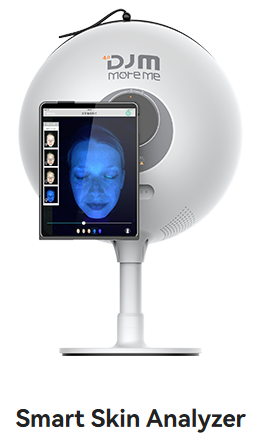
2.4 Enhanced Client Trust and Engagement
Clients increasingly expect transparency and scientific validation in beauty and dermatology services. AI analysis supports this demand through interactive visual reports, longitudinal skin tracking, and benchmark comparisons. Presenting clients with quantifiable progress not only reinforces treatment credibility but also fosters greater loyalty, as clients become actively involved in their skincare journey.
2.5 Scalable Data Management and Cloud Integration
Modern AI skin analyzers integrate seamlessly with cloud platforms, supporting secure, multi-device, and multi-location access to client data. Beyond simple storage, these systems enable trend analysis, automated follow-up scheduling, and portfolio management for repeat clients. For clinics aiming to scale or franchise, centralized data ecosystems also ensure consistent service quality across all branches.
3.Technology Trends Shaping AI Skin Analysis Equipment in 2025
3.1 Multi-Spectrum and 3D Imaging Integration
Future AI skin analysis machine is moving beyond traditional RGB imaging. By incorporating UV, polarized, and infrared light sources, devices can capture detailed surface and subsurface skin conditions with greater clarity. Additionally, 3D imaging techniques allow for volumetric skin assessments, improving the accuracy of texture mapping and treatment planning.

3.2 Smarter AI Models with Deep Learning
AI engines are evolving from purely analytical tools to predictive models. Through deep learning, modern systems can anticipate emerging skin issues—such as early collagen degradation or pigmentation shifts—before they become visible. This proactive approach empowers professionals to design preventative treatments rather than reactive care strategies.
3.3 Mobile and App-Based Skin Analyzers
The trend toward portability is reshaping the market. Lightweight, app-integrated analyzers connected via the cloud enable on-the-go diagnostics without sacrificing accuracy. These solutions support flexible service models, from in-clinic quick scans to mobile consultations at events or pop-up clinics, expanding accessibility for both clients and practitioners.
3.4 Integration with Virtual Consultation Platforms
With the rise of tele-dermatology, AI skin analyzers are becoming essential tools within virtual consultation platforms. Professionals can now remotely assess skin conditions, generate interactive reports, and provide personalized follow-up care without the need for in-person visits. By utilizing cloud-based skin analysis equipment, clinics enhance their service flexibility, extend their client reach, and meet the increasing demand for accessible, technology-driven skincare experiences.
3.5 Focus on Sustainable and User-Centric Designs
Sustainability is emerging as a key priority in skin analysis device innovation. Modern equipment now features compact, energy-efficient designs and incorporates recyclable or eco-friendly materials to reduce environmental impact. As demand grows for greener skin analysis devices, manufacturers are introducing solutions that balance ecological responsibility with high diagnostic performance. At the same time, user-centric interfaces ensure that these advanced technologies integrate seamlessly into clinical workflows, enhancing both practitioner efficiency and client engagement.
Learn more:
https://www.djmimoreme.com/mastering_skin_analysis_techniques_for_beauticians_a_comprehensive_guide
https://www.djmimoreme.com/is-the-result-of-a-skin-analysis-machine-accurate
Conclusion
As AI skin analysis equipment continues to evolve, it offers professionals unprecedented opportunities to enhance diagnostic precision, personalize treatment strategies, and deliver exceptional client experiences. By embracing emerging technologies—such as predictive AI models, mobile diagnostics, and sustainable device design—clinics can future-proof their services and meet the growing demand for smarter, more transparent skincare solutions.
Table of Contents
Related information
How can we help you?
Have specific questions or requests? Fill out our inquiry form, and our dedicated team will get back to you promptly. Your inquiries are important to us, and we are committed to providing comprehensive and personalized responses tailored to your needs.


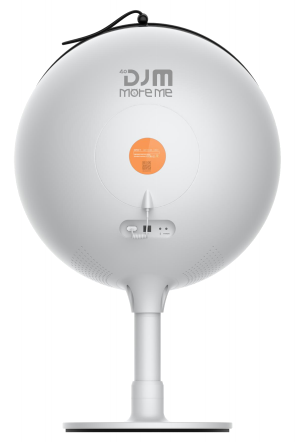

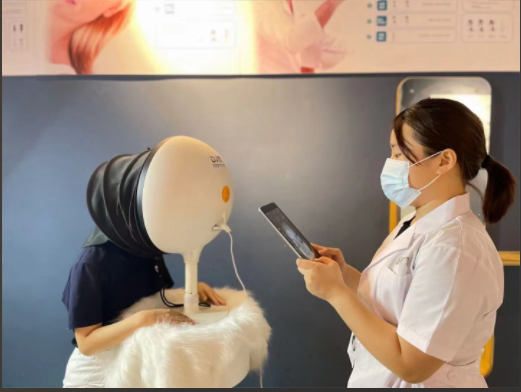
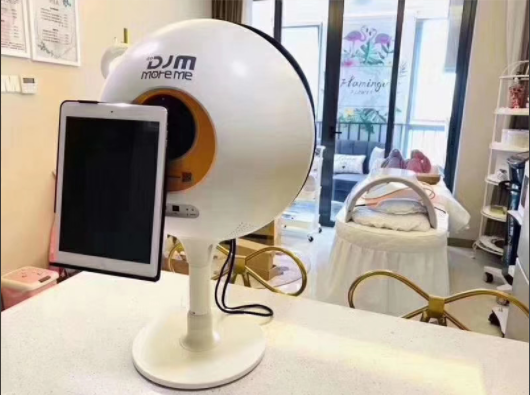
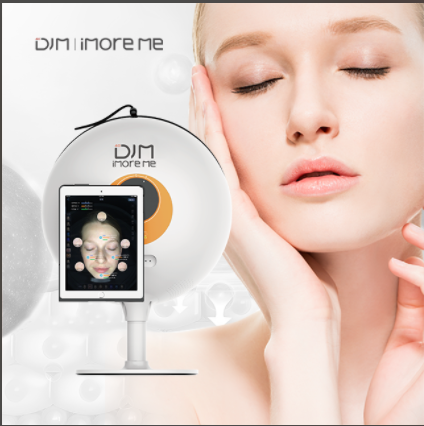
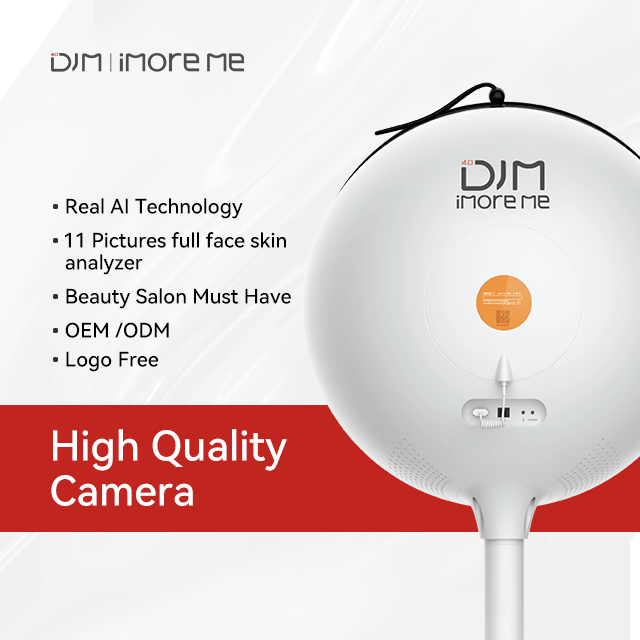
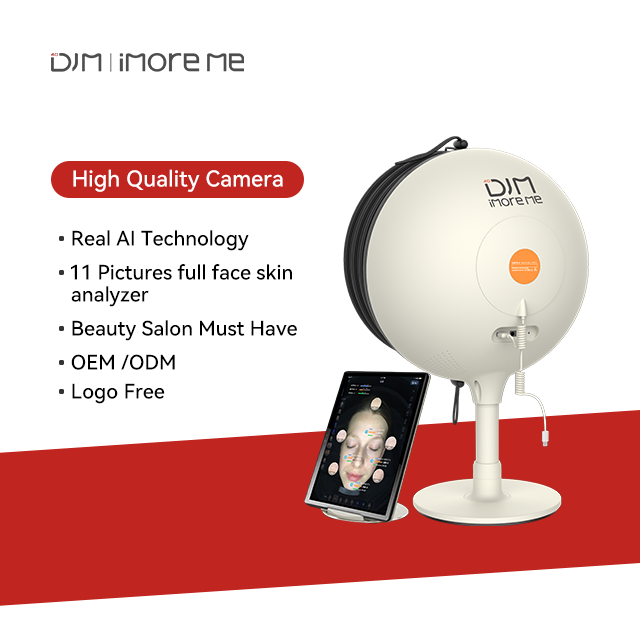
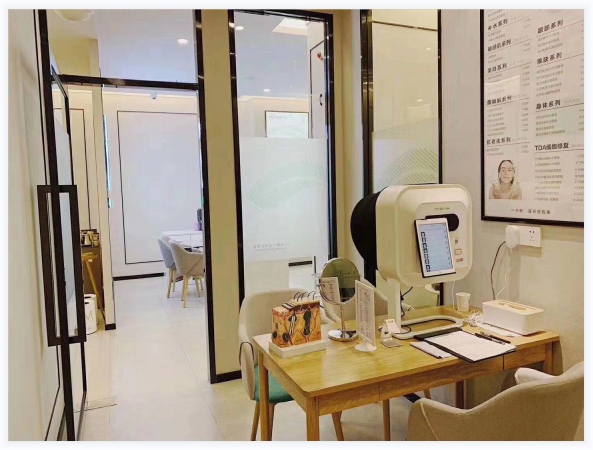


 Reach out to us today!Whether you are preparing to start your own
business in the beauty industry, are ready to upgrade your
equipment, or are just interested in our products,Contact us
today, and let’s explore how we can partner to achieve your goals
and drive your success to new heights!
Reach out to us today!Whether you are preparing to start your own
business in the beauty industry, are ready to upgrade your
equipment, or are just interested in our products,Contact us
today, and let’s explore how we can partner to achieve your goals
and drive your success to new heights!
